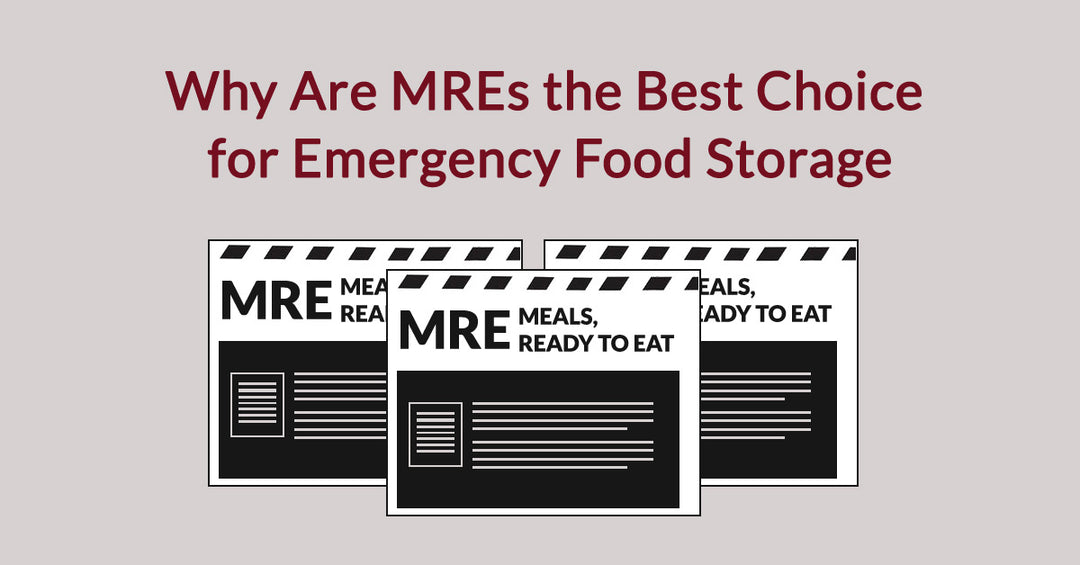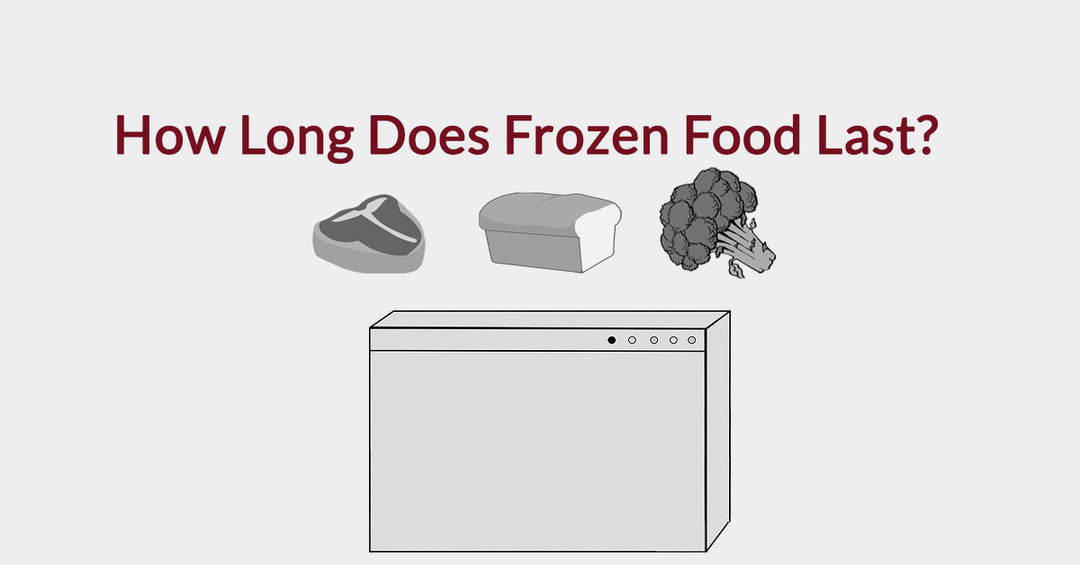How to Prepare for WIldfire Season

Wildfire season is a serious threat to our safety. Wildfires ruin homes, take lives, and destroy environments such as forests, prairies, and grasslands. They are typically caused by lightning or humans, and the risks are heightened during droughts and high winds. They can result in flooding, and cause problems with transportation, power, gas, and communication. Wildfires are unpredictable, and can happen anywhere to anybody.
This is why it is so important that we have a survival kit or a pantry that is stocked and ready to go. The supplies need to last several days in the event that we cannot access food supplies. In this article, we discuss six different ways to prepare for wildfire season, and include certain supplies that should be in a survival bag.
Create a Defensible Space
Our home needs to be surrounded by a 100-foot defensible space. This space consists of two zones that are designed to slow the spread of the fire and to protect those who are trying to put the fire out.
- Zone 1: this zone needs to extend 30 feet beyond the house in all directions. We need to remove all vegetation and yard debris that exist within this area.
- Zone 2: this zone extends 100 feet beyond the house (and includes Zone 1). The grass needs to be maintained at a maximum of 4 inches tall. We need to create horizontal and vertical space between trees, shrubs, and grass, and remove yard debris to a depth of 3 inches.
Harden the Home
We need to take precautions to harden our homes from flying embers. Some of the most vulnerable parts of the house include:
- Roof: This is the most vulnerable part of the house, and the risk increases for homes that have wood or shingle roofs. Therefore, the risk is less if the house is built or re-roofed using composition, metal, or tile materials.
- Vents: Embers can fly into vents, so all openings should be covered with metal mesh of 1/16th-1/8th inches. Do not use fiberglass or plastic as these materials can easily burn and melt.
- Walls: Wood and shingles are highly flammable and should be avoided in fire-prone areas. Homes with fire-resistant and approved materials like fiber cement, stucco, fire retardant, and treated wood are less vulnerable to fire.
- Decks: Be sure to build any decks that exist within 10 feet of the structure with approved materials.
- Fences: Non-combustible or ignition-resistant materials can help protect our homes during wildfires.
Getting and Keeping the Survival Kit Ready
A survival kit needs to be ready and accessible, and lightweight. A flashlight and shoes should be kept near beds in case an evacuation happens at night. Our survival kit should include the following (though keep in mind that this list is not inclusive):
- face mask or coverings
- three gallons of water per person and a three-day supply of non-perishable emergency food like MREs
- map with two evacuation routes
- medications
- change of clothes
- car keys, money, and important documents
- first aid kit and sanitation supplies
- flashlight and batteries
MRE: Meal Ready to Eat
MREs, which are Meals Ready to Eat, are a great emergency food option to keep in our emergency survival kit because they store well, and are compact and nutritious. Every MRE is a 1200 calorie three-course meal that includes an entrée, side dish, cracker or bread with spread (like jelly or peanut butter), a dessert, a couple drink mixes including an electrolyte drink, condiments, utensils, a napkin, and a flameless ration heater.
There are many different MREs to choose from to better suit the needs of family members. Meal Kit Supply MREs are designed by U.S. military contractors. They do not contain preservatives, nor are they dehydrated. They are used by survivalists, emergency teams, campers, and others.
Create a Wildfire Action Plan
Our action plan needs to be understood by everybody in the household. We need to include:
- A designated meeting location that is outside of the defensible space. It makes it obvious who has escaped.
- Multiple escape routes from our house and community. This route should be practiced this route on a regular basis.
- Have a plan for livestock and pets.
- Designate an emergency contact that all family members can reach if members are separated during the fire.
The action plan needs to be clear and rehearsed by all family members, at all times of day and night.
Prepare Now
We like to be sure that we have left nothing up to chance. Therefore, we have a plan, we go through the pre-evacuation steps, we monitor wildfires in the area, we know the community emergency response plans, and we listen for evacuation orders.
When an evacuation does happen, we review our checklist, confirm our survival kit is in our vehicle, wear the appropriate protective clothing, and locate family members and pets.
We also leave early.
The Ready, Set, Go! Campaign
We review simple steps for safe evacuation, such as described in the Ready, Set, Go! campaign.
- We are ready because of our defensible space and hardened home.
- We are set because our family is prepared to evacuate, we know where we are going, and we know our community's response plan for the emergency.
- We go because we have taken the steps in advance, so that we can literally pick up our bags and go.
These steps are critical for increasing the chances of survival, and decreasing the chances of damage.
Conclusion
Because wildfires can strike at any time, it is important to both our safety and the safety of the firefighters that we evacuate at the earliest possible time. Having a plan, a prepared survival kit, and being well-rehearsed on our evacuation route makes it possible for us to leave at a moment's notice. There are plenty of resources available online, and it is crucial that we stay updated on our community's emergency evacuation procedures.









